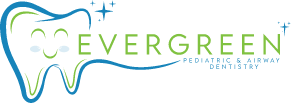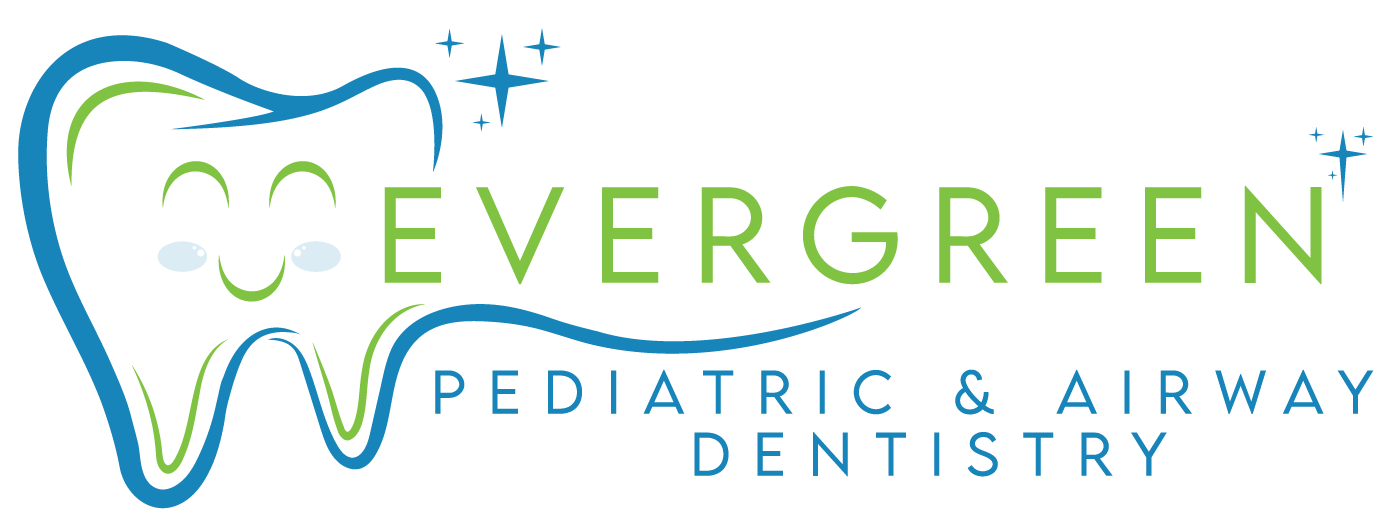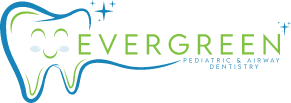Helping your child with sleep apnea often starts with simple lifestyle changes. Nutritious meals, daily movement, and a restful sleep space can make a big difference.
Healthy eating supports a stable weight, which can ease sleep apnea symptoms. Swapping out processed snacks for more fruits, veggies, and whole grains benefits the whole family.
Physical activity also plays a big role. Regular play helps kids stay fit and sleep better. It doesn’t have to be structured, just get them moving in ways they enjoy.
Finally, make their bedroom calm and screen-free before bed. A consistent bedtime routine in a quiet, cozy space helps their body settle into deeper sleep.
Building Healthy Routines That Reinforce Restful Sleep
Managing sleep apnea in children means creating supportive daily rhythms. At Evergreen Pediatric & Airway Dentistry in Kirkland, WA, Dr. Susan Kim helps families build simple routines that nurture better sleep and support airway health through non-invasive care like oral appliances.
Start with food. Rather than restrictive dieting, families can focus on nourishing meals with whole grains, lean proteins, and plenty of vegetables. This helps with weight management and overall inflammation, which plays a role in nighttime breathing quality.
Movement is equally essential. Children don’t need intense workouts. They need opportunities for fun, consistent activity. Daily walks, after-school sports, or even a game of tag in the yard can burn energy and support deeper sleep cycles.
Evening routines are powerful. Children benefit from going to bed at the same time each night. A warm bath, a quiet book, or simply dimming the lights an hour before bed can prepare the brain and body to rest. These consistent habits help regulate the internal clock and reduce sleep disruptions caused by apnea.
Scope and Impact of Pediatric Sleep Apnea
Pediatric sleep apnea is more than a nighttime concern. It can affect nearly every part of your child’s health and development. Many symptoms are misunderstood or dismissed, but understanding what to watch for can help you take action early.
Disrupted sleep may show up as irritability, lack of focus, or hyperactivity during the day. These behavioral shifts are often mistaken for common childhood issues when, in reality, they may be linked to poor sleep quality from untreated apnea.
School is another place the effects show up. Children who don’t sleep deeply often struggle to retain information, stay alert, or manage emotions with peers. These challenges are frustrating. When they stem from an airway issue, they require a different kind of solution.
There are also physical concerns. Sleep apnea can interfere with a child’s growth, strain the cardiovascular system, and contribute to long-term developmental issues. Identifying it early opens the door to treatment that supports not only better rest but better lifelong health.
Non-Invasive Lifestyle Changes
When families begin adjusting routines at home, change can start quickly. Many improvements in pediatric sleep apnea come from non-invasive steps, especially when paired with guidance from a pediatric airway dentist like Dr. Kim.
Nutrition plays a major role. Reducing sugar, fried foods, and late-night snacks helps regulate weight and inflammation. Encourage your child to drink water, eat slowly, and choose fruits or vegetables when snacking. You don’t have to overhaul your meals overnight. Just start replacing processed items with whole food alternatives.
Movement is key, too. Children don’t need rigid fitness plans. Instead, create opportunities to move naturally such as bike rides after dinner, games of catch, or playground time. Daily physical activity can strengthen the respiratory system and prepare the body for restful sleep.
Your home environment is just as important. Try keeping bedrooms cool and quiet, shutting off screens an hour before bedtime, and dimming lights to help your child’s brain transition into sleep mode. These simple cues can reinforce the body’s natural rhythms.
Weight Management Through Nutrition
Children with sleep apnea often benefit from gentle, consistent changes in what and how they eat. The goal isn’t weight loss. It’s supporting their growing bodies with the kind of food that helps them breathe, rest, and recover.
Balanced meals reduce inflammation and help manage the airway. Meals that center on protein, fiber, and healthy fats give children the fuel they need without blood sugar crashes that can disturb their sleep. Helping your child learn to eat slowly and stop when full also sets lifelong habits.
Here are simple ways to support healthy eating for sleep apnea:
- Offer water instead of juice or soda at meals
- Choose snacks like apple slices, yogurt, or nuts over chips or cookies
- Build dinners around protein, vegetables, and whole grains
- Keep treats occasional, not daily
When food choices are simplified and made routine, kids are more likely to feel better and sleep better. These are not short-term fixes. They are long-lasting changes that promote steady breathing and healthier nights over time.

Exercise for Better Sleep
Regular movement is one of the most effective tools in managing pediatric sleep apnea. It doesn’t require a gym membership or intense workouts. Just encouragement to play, move, and build stronger breathing habits.
Being active helps regulate weight, which is closely tied to airway obstruction. Beyond that, exercise builds respiratory muscle tone. This makes it easier for your child to maintain open airways during sleep, especially when paired with oral appliance therapy.
Parents can support movement by making it fun:
- Plan weekend walks or hikes
- Enroll in sports or martial arts that interest your child
- Create a playlist and dance together after dinner
- Replace TV time with short outdoor play sessions
Consistency is key. Daily movement, no matter how short, helps reset energy levels, regulate sleep cycles, and reduce stress. Children who move more during the day tend to fall asleep faster, sleep deeper, and wake up more refreshed.
Sleep Hygiene and the Environment
Your child’s sleep space can either support healing or stand in the way of it. Sleep hygiene refers to the habits and environment that prepare the body for rest. For children with sleep apnea, these details matter.
A regular bedtime is a great start. Children thrive on predictability. When they follow the same pattern each night such as brush teeth, change into pajamas, quiet time, their bodies learn to expect sleep. That rhythm helps reduce the delays and restlessness that can make symptoms worse.
Position also plays a role. Children who sleep on their backs may experience more airway blockage. Encouraging side-sleeping or using supportive pillows can help keep the airway open naturally.
Finally, limit light and screen exposure in the evening. Blue light from tablets and TVs can delay melatonin production. Dim lights an hour before bedtime, keep electronics out of the room, and use blackout curtains if needed. These small adjustments can make a big difference in quality sleep.
Taking the Next Step Toward Better Nights
At Evergreen Pediatric & Airway Dentistry, Dr. Susan Kim believes that helping your child breathe better at night starts with education and family-centered care. Whether your child’s sleep apnea is mild or you’re unsure what’s causing the disruption, now is the time to take action.
Lifestyle changes don’t have to be overwhelming. Step by step, they can help your child sleep more soundly and feel more like themselves during the day. When paired with oral appliance therapy, those changes can support healthy growth, development, and confidence.
We’re here to help guide you. If your child snores, tosses and turns, or struggles with focus or fatigue, let’s take the next step together. Book a visit and find out how we can support your family’s sleep health starting now.
Evergreen Pediatric & Airway Dentistry
Dr. Susan Kim
12910 Totem Lake Blvd NE #103
Kirkland, WA 98034
(425) 814-3196
Get Directions on Google Maps
evergreenkidsdentist.com



